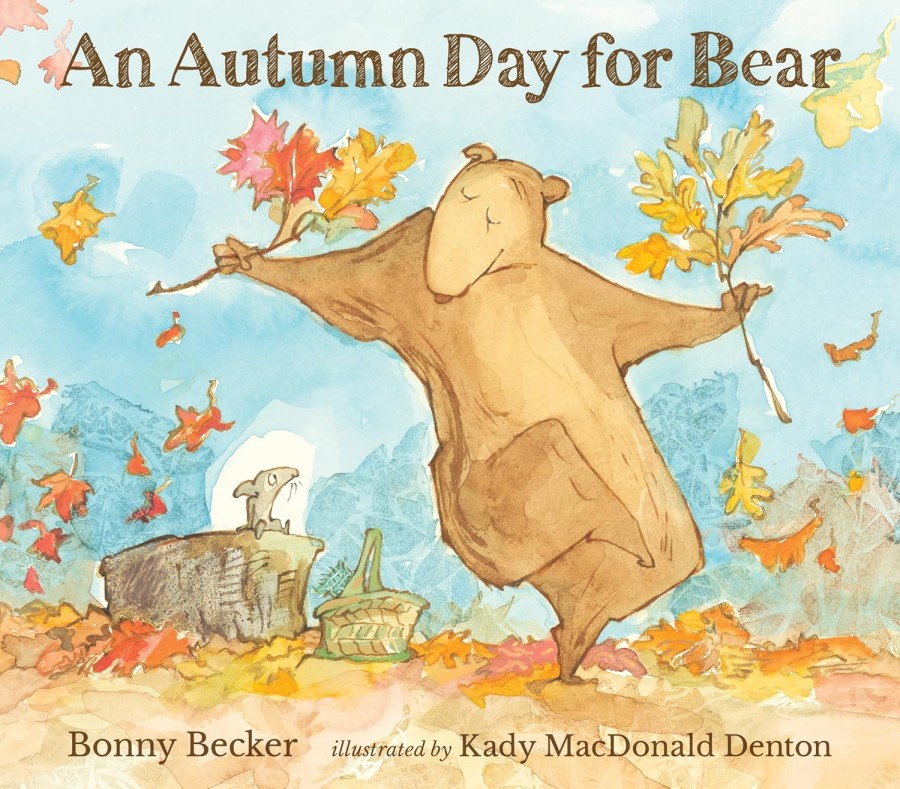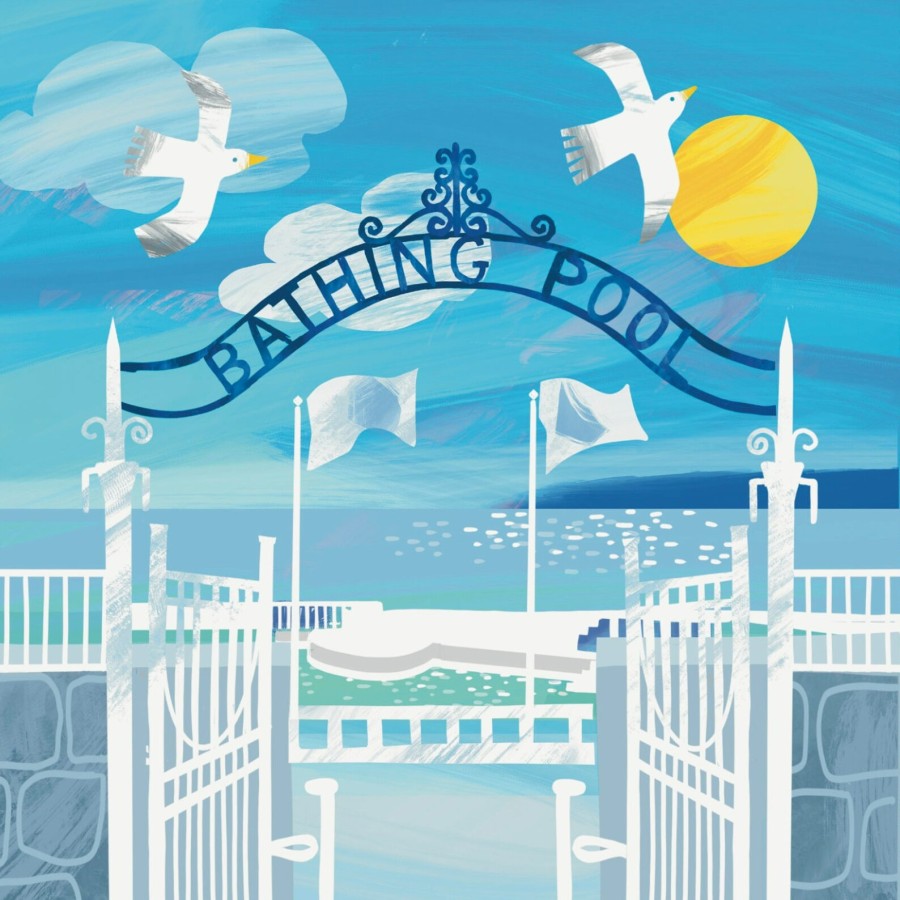Meet The Handsome Shag Coastal Bird

Handsome shag birds are beautiful seabirds (related to cormorants), with glorious green eyes, long black necks and yellow patches around their mouths. They are often called ‘mini pterodactyls’ due to looking a bit like dinosaurs, when they stretch out their wings!
Keep at least 50 metres away from coastal birds (flying away wastes energy that could be spent feeding, they need more space at high tide). Keep dogs away: disturbing nests can lead to abandoned chicks.
Unlike most seabirds, shags don’t plunge into the sea to fish, but instead leap into the water, then dive down to find food. Like cormorants, their feathers are not waterproof (so they can dive deeper, but they have to dry their wings, after being in the water).
Shag birds like rocky coastlines and build their nests on cliffs using twigs, feathers and even seaweed, all held together by guano (droppings!)
Preserving Habitats for Coastal Birds
England’s coastal birds claim a mix of habitats:
- Mudflats: Feast grounds for sandpipers and whimbrels at low tide.
- Rocky shores: Perfect for turnstones to hunt amongst crevices.
- Estuaries: Sheltered feeding spots where many birds gather in flocks.
- Sandy beaches: The ideal racetrack for sanderlings.
Migration is key for many coastal species. Some arrive in spring to breed, while others pass through on journeys between the Arctic and Africa. As tides and seasons shift, so do bird numbers.
Coastal birds face tough times. Their homes are shrinking due to building, pollution, and rising sea levels. Plastic waste and oil spills also threaten their food and safety.
But there is hope. Local wildlife trusts work to protect and restore vital habitats. They take part in volunteer beach cleans, and help communities care for coastal birds, with legal protection and careful town planning.
Top spots for coastal birdwatching:
Take care to avoid high tides and quicksands.
- Snettisham, Norfolk: Breath-taking flocks of waders over the Wash
- Spurn Point, Yorkshire: A migration hotspot, for all species.
- Farne Islands, Northumberland: Cormorants, terns, and puffins.
- Dungeness, Kent: A unique shingle headland rich with birdlife.
- Morecambe Bay, Lancashire: Vast sands attract huge waders.
It’s important not to disturb birds. RSPB Puffin Binoculars are designed for children (only cost around £30) and are small and lightweight, so pretty good for most adults too.






